Past and Present: Brownstones Go Commercial at 146-148 Lawrence Street
A look at Brooklyn, then and now. Downtown Brooklyn has probably physically changed more than any other neighborhood in Brooklyn. That makes sense, since it has been the center of Brooklyn’s civic, retail, and entertainment life for much of the last century and a half. Because of all of the changes, it’s sometimes hard to…
A look at Brooklyn, then and now.
Downtown Brooklyn has probably physically changed more than any other neighborhood in Brooklyn. That makes sense, since it has been the center of Brooklyn’s civic, retail, and entertainment life for much of the last century and a half.
Because of all of the changes, it’s sometimes hard to imagine what the streets looked like before the big stores came and cemented in many minds the idea that Downtown has always been a shopping hub.
It wasn’t always that way. The shopping district supplanted a residential neighborhood, one that had started to develop by the 1840s, as Brooklyn’s homes began to spread eastward, away from the harbor and the ferry.
This history has been easiest to see on the side streets. Gold, Duffield, Bridge and Lawrence streets between Fulton and Willoughby were all residential originally, and these blocks used to be the place to find many of the surviving remainders of this early residential enclave. But many of these buildings are now giving way to new mega-towers.
Today’s Past and Present highlights the few surviving buildings on Lawrence Street.
William Hassler 1915 photo via the New York Historical Society
Our “Past” photo is a 1915 shot capturing 146 and 148 Lawrence Street (the houses in the center and to the right). Like last week’s photo, this one was taken by photographer William Hassler for real estate broker and developer Joseph P. Day.
Like the modern-day website PropertyShark, Day had Hassler record all of his buildings in pictures, creating a unique database of ordinary Brooklyn buildings that may not have been documented by anyone else.
The photo shows Lawrence Street still very much a residential block at this time. It looks like a typical Italianate row, with the kind of houses that are very much evident to this day in Brooklyn Heights, Fort Greene, and other neighborhoods.
The houses still have their stoops, railings, and fences, and the parlor-floor windows have very attractive cast iron Juliette balconies. These were not built to serve as lower-class housing. And they still looked great, even after 60 years.
A look at the newspapers shows that although these houses were probably built for single families, they soon became boarding and rooming houses. Ads abound for rooms, aimed at a growing number of single men who worked mostly in Lower Manhattan, but also on Brooklyn’s waterfront and in local Brooklyn businesses.
Enhanced close-ups of our original photos bring out the details. Two of the buildings have signs seeking boarders. There is also a child in one of the parlor floor windows.
In addition to boarders, these houses were also home to old-time owners. In 1902, Mary L. Woodruff died at home at 146 Lawrence. She was the oldest member of the Order of the Eastern Star in America, the female affiliates of the Masons. She had lived in Brooklyn for over 50 years, many of them in this house.
Only five or so years after Hassler documented these building, commerce caught up to Lawrence Street. Many of the buildings on the block were torn down for larger retail and commercial structures.
The remaining row houses lost their ground and parlor floors to storefronts and offices. Most retained apartments on the top two floors.
Number 146 Lawrence became home to the Italian Garden, a restaurant established in 1923. They ran advertisements asking: “Who can resist the spicily tempting dishes for which the Italians are world famous?”
Brooklyn Eagle ad, 1923
Upstairs from the restaurant, funeral director Walter Robinson had offices. Fortunately for the patrons below, funerals were almost always at the deceased person’s home at that time. This would have just been an office.
In 1927, the restaurant was replaced by the jewelry and watch store of G.A. Jurgenson. In addition to his store, he owned several buildings on nearby Livingston Street, and was a former president of the Livingston Street Association.
Jurgenson had been a pioneer on that thoroughfare, and was responsible for street lights and many other improvements to Livingston and other downtown streets.
Next door, 148 Livingston had many commercial tenants over the years, starting in the 1920s. There were still apartments above, but the storefront in 1929 was a bookstore called the Raven Book Shop.
Brooklyn Eagle ad, 1929
The book shop may have been on the second floor. In 1930, Jean’s Restaurant opened. Lunch was 50 or 60 cents. Dinners were at most a dollar.
Jean’s did really well here. After beginning with a small, quiet ad, they later burst onto the paper with a much larger one. They were still in business 19 years later, with the last ad in the Eagle appearing in 1949. They were now famous for their cakes, pies, and other baked goods.
Brooklyn Eagle ad, 1930
Brooklyn Eagle ad, 1930
Today, the two buildings and their brick neighbors are a far different sight. The facades of both 146 and 148 have been totally modernized, with a stucco finish and entirely new fenestration above and modern plate glass storefronts below.
The brick row houses next door still retain their original appearance on the upper two stories, with many changes below. They are almost the last vestiges of the 19th century on this block. New construction is going up across the street and everywhere else.
Google Maps
Downtown’s side streets have proven valuable real estate, much easier to build on than Fulton or Willoughby streets. There is frequent turnover of stores and businesses on these streets as retailers and owners try to figure out what will work here.
Should they cater to local workers, the mostly minority, working-class shoppers, or cater to the new, more affluent Brooklyn? Should they hold on to now-invaluable real estate, or sell? Whatever they decide to do, these buildings will never again be the gracious row houses they once were. Those days are long over.
Google Maps

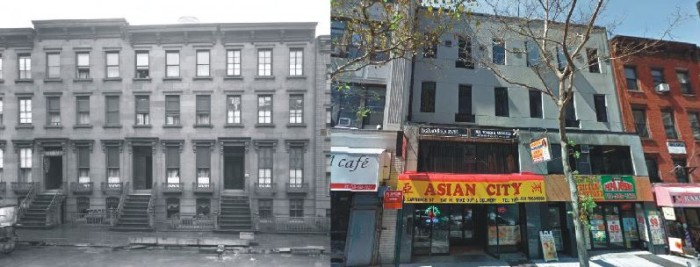
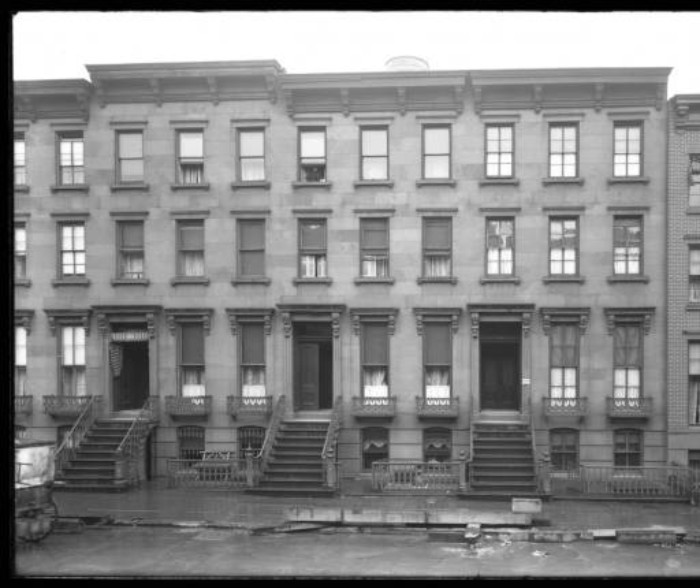

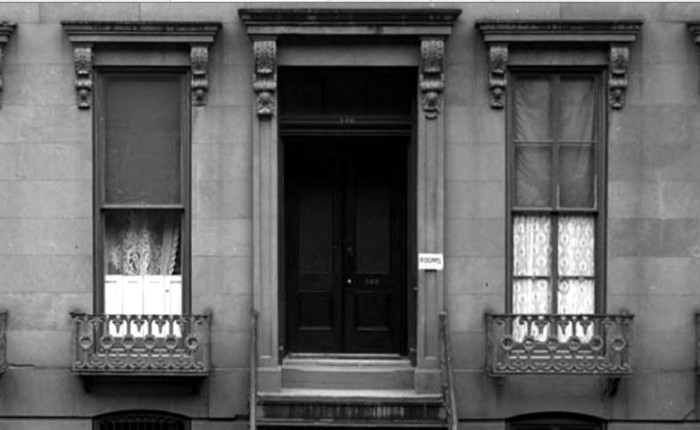

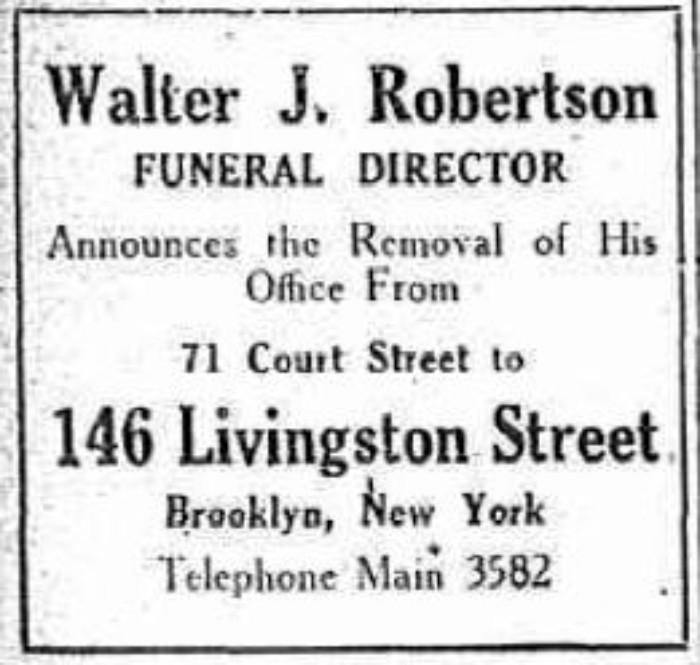
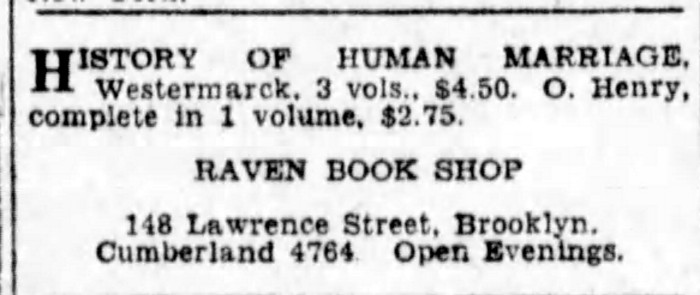

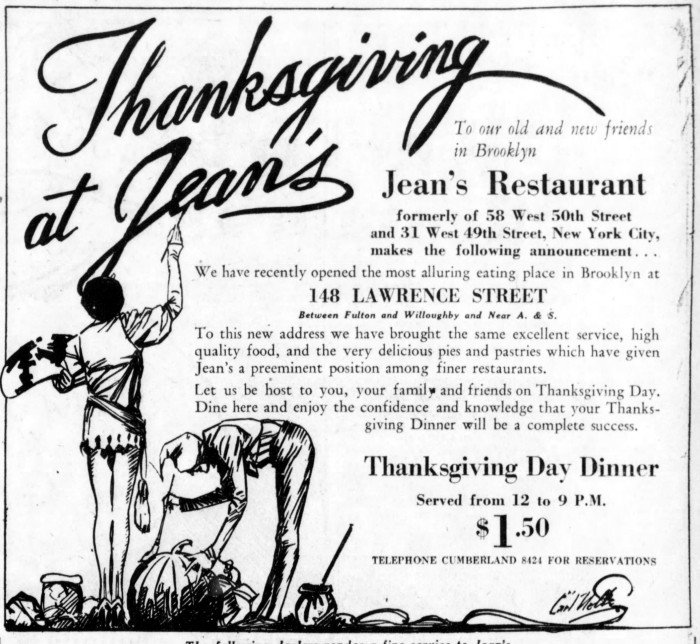
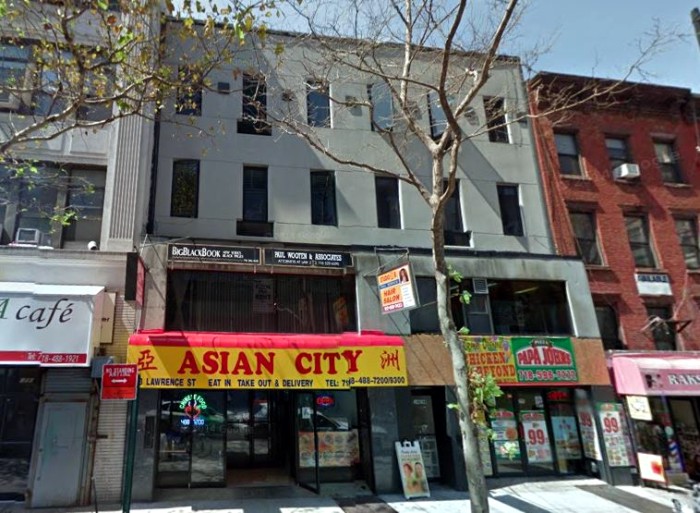









Don’t remember those beautiful brownstones. I grew up on the next block between Myrtle & Johnson. Saw the Monster transformation into Metrotech. Miss the Myrtle Ave EL, went to sleep by those brakes letting out when it pulled into the last stop at Jay st. Probably the most dramatic change in all of NY. Those gigantor buildings they are putting up are so UGLY!
So cool! 146 Lawrence St. was my first apartment in Brooklyn, and first apartment on my own after graduating college in 2004. I was paying $950/month for a studio and working at a data center a few blocks away in MetroTech. I ended up living there for 2 years before moving to a share in Park Slope, and the neighborhood was quite an introduction to NYC. The Papa John’s in the above picture was a Caribbean restaurant back then, and the flyer guy they paid to stand outside would recite dishes all day. “CURRY GOAT! ROTI! PLAINTAIN! OXTAAAAAIIIILLLL!” The whole neighborhood cleared out at around 8pm, except for Kevin Barry’s pub which would have a line outside the door on random weeknights for reasons I could never comprehend.
Anyway it’s really neat to see the evolution of the building(s), thanks for researching and posting this. With the Fulton Street Mall changing and higher-end chains replacing the Brooklyn stalwarts like Cookies and Dr. Jay’s Ladies I can’t imagine that the block will stay the way it is for long. It’s adjacent to 3 different subway stops and with so many luxury buildings already having gone up nearby it only seems like a matter of time.